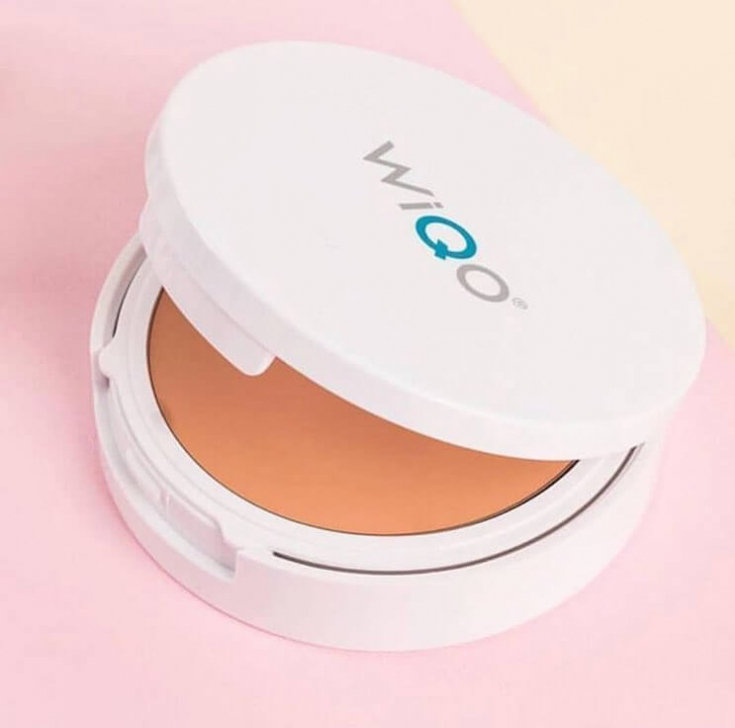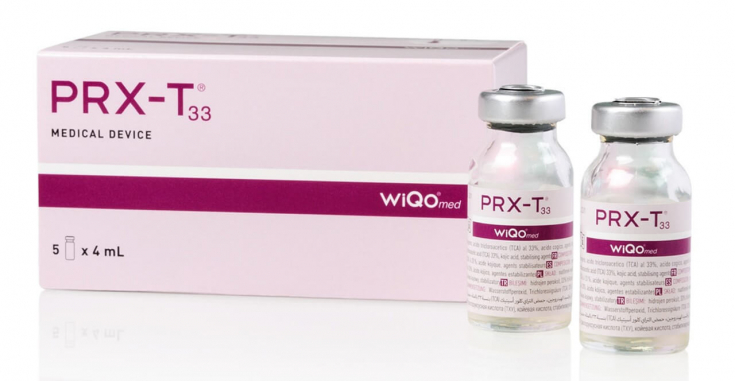Rosacea is a chronic skin lesion characterized by permanent redness of the face and pustular eruptions. The exact origin of the disease has not yet been clarified, only the factors that provoke it are known. The most important characteristic of rosacea – papulo-pustular rashes and redness, which are localized exclusively in the middle part of the face. It is these characteristics that help to differentiate this disease, for example, with flushing of the skin and contact dermatitis. In total there are several forms of rosacea – erythematous or erythematous-telangiectatic, papulo-pustular, phymatous and ocular (ocular). About Modern Protocol for Treatment of Rosacea with PRX-T33 Therapy
Modern protocol for the treatment of rosacea: systemic and topical therapy
The current protocol for the treatment of rosacea provides for systemic and local therapy of the disease.
Systemic therapy for rosacea
Antibiotic therapy – an important component of the treatment plan for any form of rosacea. Patients are prescribed a course of tetracycline or erythromycin (500 mg twice a day) for 3-6 weeks. When remission occurs during the course of taking the drugs, a dose reduction is necessary within two weeks. The patient will see the first results after a month of antibiotic therapy.PRX-T33 therapy is not recommended during this period.
Delicate rejuvenation or what's new in the world of chemical peels

The use of systemic retinoids and systemic steroids is not recommended in the treatment of rosacea.
Topical therapy for rosacea
Topical therapy for rosacea is 577 nm yellow laser and azelaic acid.
Photoprotection is always required in rosacea, especially during PRX-T33 therapy and during the period when the fibroblast is maximally stimulated. This is the ICP cream powder, which is applied over the moisturizer.
Also, at the stage of the erythematous stage of the disease, platelet-rich plasma can be used in combination with PRX-T33 therapy fromUkrainian Aesthetics. It is important that the first and second treatments must be performed using a dosage of 1 ml of PRX-T33. In addition, moisturizers and sunscreens should be prescribed, as well as topical antibacterials for home use.
In the erythematous stage of the disease, platelet-rich plasma can be used in combination with PRX-T33 therapy.As far as topical antibiotics are concerned, erythromycin is safe during pregnancy, which is characterized by flare-ups of rosacea. Clindamycin, metronidazole, and chloramphenicol may also be used for topical treatment of rosacea. All topical antibiotics are applied twice daily – in the morning and at night.
Place and appropriateness of PRX-T33-therapy in the rosacea treatment protocol
In rosacea, the skin isflaky and dry. During this period, the fibroblast is weakened, the vessels are very close to the surface of the epidermis, the skin is thinned and especially vulnerable to ultraviolet radiation.
Therapy PRX-T33, by acting on fibroblasts and stimulating cells to divide, strengthens the skin layer above the vessels, which allows you to hide the vascular network, and moisturizes the skin by activating glycosaminoglycans, including HA.
Follow us on Telegram!
PRX-T33 therapy is contraindicated at any dosage in flare-ups of rosacea. It is also forbidden to work according to the classic protocol, which provides for strong massage movements.In papulo-pustular form, PRX-T33 therapy can be performed only 2-4 weeks after the withdrawal of systemic isotretinoin and systemic antibiotics.
When treating rosacea, the PRX-T33 procedure should be performed with extreme caution. The main rule – apply a small amount of the drug to a large area of \u200b\u200bthe face. And it is imperative to carry out pre-acid preparation in the erythematous form of rosacea, that is, apply WiQoMed fluid 14 days before therapy. This acidic fluid is used in home care during PRX-T33 therapy. It shifts the pH of the upper layers of the epidermis to the acid side and prepares the skin vessels for acid exposure.

It is undesirable to combine the drug with laser techniques that are often used in the treatment of rosacea: PRX-T33 therapy can only be started 2-3 weeks after the last laser treatment.
PRX-T33-therapy from
Ukrainian Aesthetics can be included in the treatment protocol for rosacea, but only in the erythematous-telangiectatic form, when there are no papulopustular rashes and active inflammatory processes in skin. Also, do not combine PRX-T33 therapy with retinoids and steroids.
Basic rules for preparing the skin for a medium peel







Add a comment